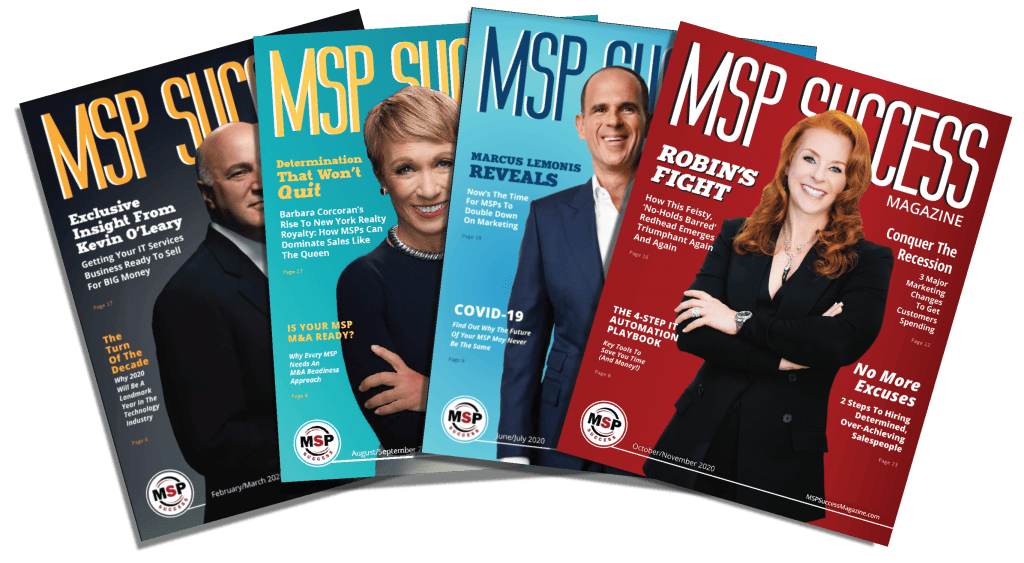This article was written by guest contributor Mike Michalowicz. Michalowicz is the entrepreneur behind three multimillion-dollar companies and is the author of several business books, including Profit First, Clockwork, Get Different, Fix This Next, The Pumpkin Plan, Surge, The Toilet Paper Entrepreneur, and All In.
Creating a high-performing team isn’t about waving a magic wand; it requires the right conditions fostered by great leaders. In All In: How Great Leaders Build Unstoppable Teams, I share a proven formula that ensures team members are as invested in the company as the leaders are. This formula has worked for me and the leaders I’ve counseled. It can work for you too; you can help your team members become their true, best selves.
The All-In formula provides a comprehensive approach to team building that goes beyond traditional strategies. It emphasizes the importance of aligning individual strengths with role requirements, nurturing innate abilities, ensuring a safe working environment, and fostering a sense of ownership. These elements together create a cohesive, motivated, and high-performing team.
This formula, which I call the FASO Model (pronounced “faso” like “lasso”), consists of four crucial components: Fit, Ability, Safety, and Ownership. Here’s a breakdown of each element and how it contributes to building an unstoppable, high-performing team:
Fit
Ensuring employees are a good fit is about more than just filling positions. It involves understanding all the functions of a role and the qualities required for it. Instead of seeking someone who can do it all, focus on finding individuals who excel in the specific tasks most needed. This approach ensures that employees can grow and thrive within their roles, aligning their potential and talents with your company’s needs.
Ability
Great leaders recognize that people are more than their resumes. Hiring solely based on experience and education can limit your team’s potential. Instead, consider a person’s innate abilities, experiences, and potential. Employees who want to do a job will always outperform those who need to do it. Seek out individuals with the desire, passion, and drive for their roles, as they are more likely to excel and contribute meaningfully to the team.
Safety
For employees to perform their best, they need to feel safe. After I realized this I identified three types of safety that are essential: physical, financial, and psychological. Physical safety ensures protection from harm, financial safety provides stability and sustenance, and psychological safety allows employees to express their true selves without fear of repercussion. Creating a safe environment enables team members to fully contribute and engage with their work.
Ownership
To inspire employees to act like owners, they need to feel like owners. This transformation from perfunctory performance to passionate effort occurs when employees feel a sense of psychological ownership over their tasks, projects, or ideas. When you give team members ownership, they naturally put more effort into their work, as it becomes a reflection of their identity and capabilities.
The Multiplicative Effect
The components of the FASO Model—Fit, Ability, Safety, and Ownership—are powerful on their own, but together they create a multiplicative effect that can transform your team. Fit and Ability align potential with opportunity, fostering identity development. Safety and Ownership create an environment where development can be expressed and nurtured. By deploying this formula, you can build a team where each member is fully engaged and committed to the company’s success.
You can cultivate an environment where every team member feels valued, safe, and motivated to contribute their best work. This approach not only helps in building a high-performing team but also ensures sustained success and growth for your company. It’s a testament to the power of thoughtful leadership in creating unstoppable teams. So say goodbye to old-school leadership styles and hello to your own workplace revolution!
To read more from Mike, see How To Prevent Employees From Breaking Up With You














